Goals
To add resources to the several joined conservation initiatives currently being implemented in the region, specially those from the NAP (National Action Plan ), from the CEMAVE/ICMBio (Biodiversitas Foundation), ECO and Livington Foundation.
- To develop maintanance and expasion plans for the Licuri Palms fields (Syagrus coronata ) whithin the Lear's macaw's habitat, working together the local communities.
- To promote eduacational plans for the local communities regarding sustainable practices and business activities that focus on sustainable development.
- To promote partnerships with companies and institutions that support social and environmental programs.
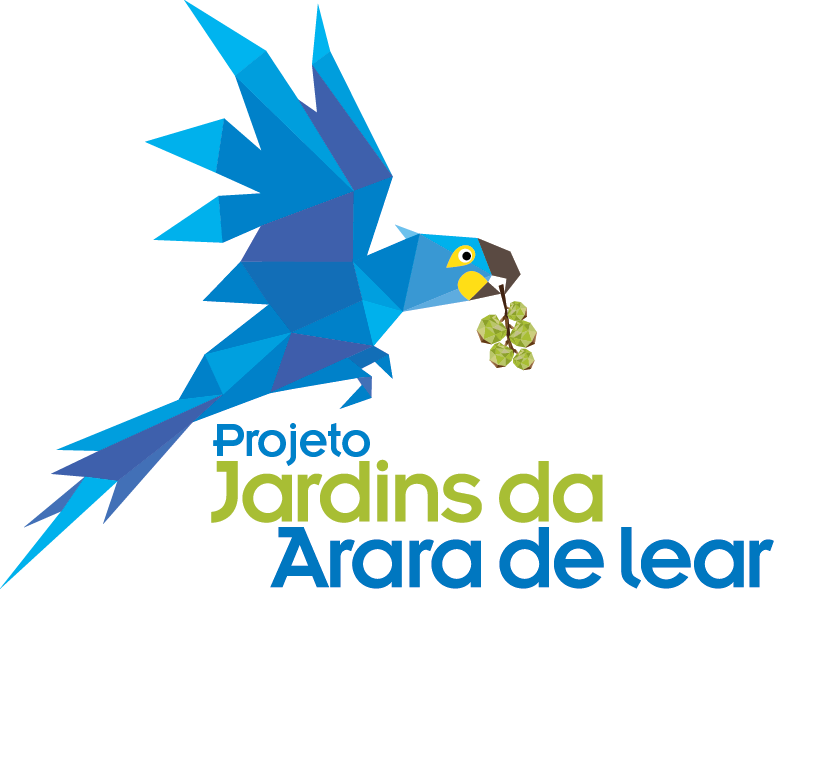
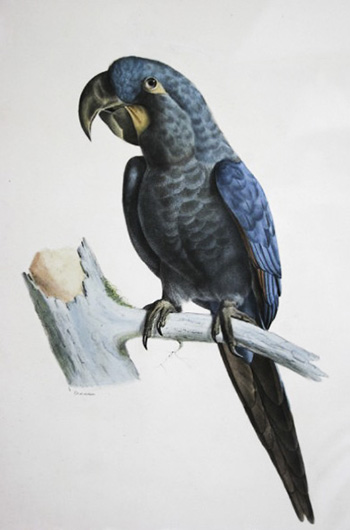
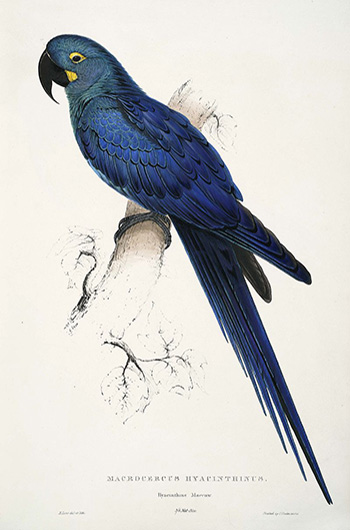
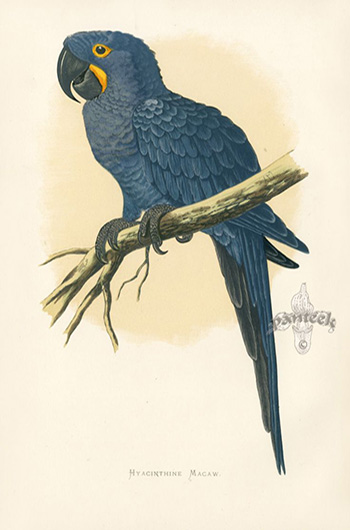
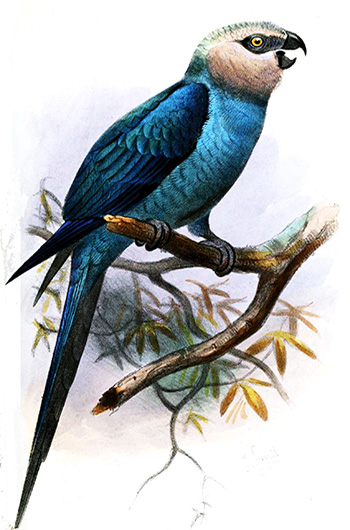




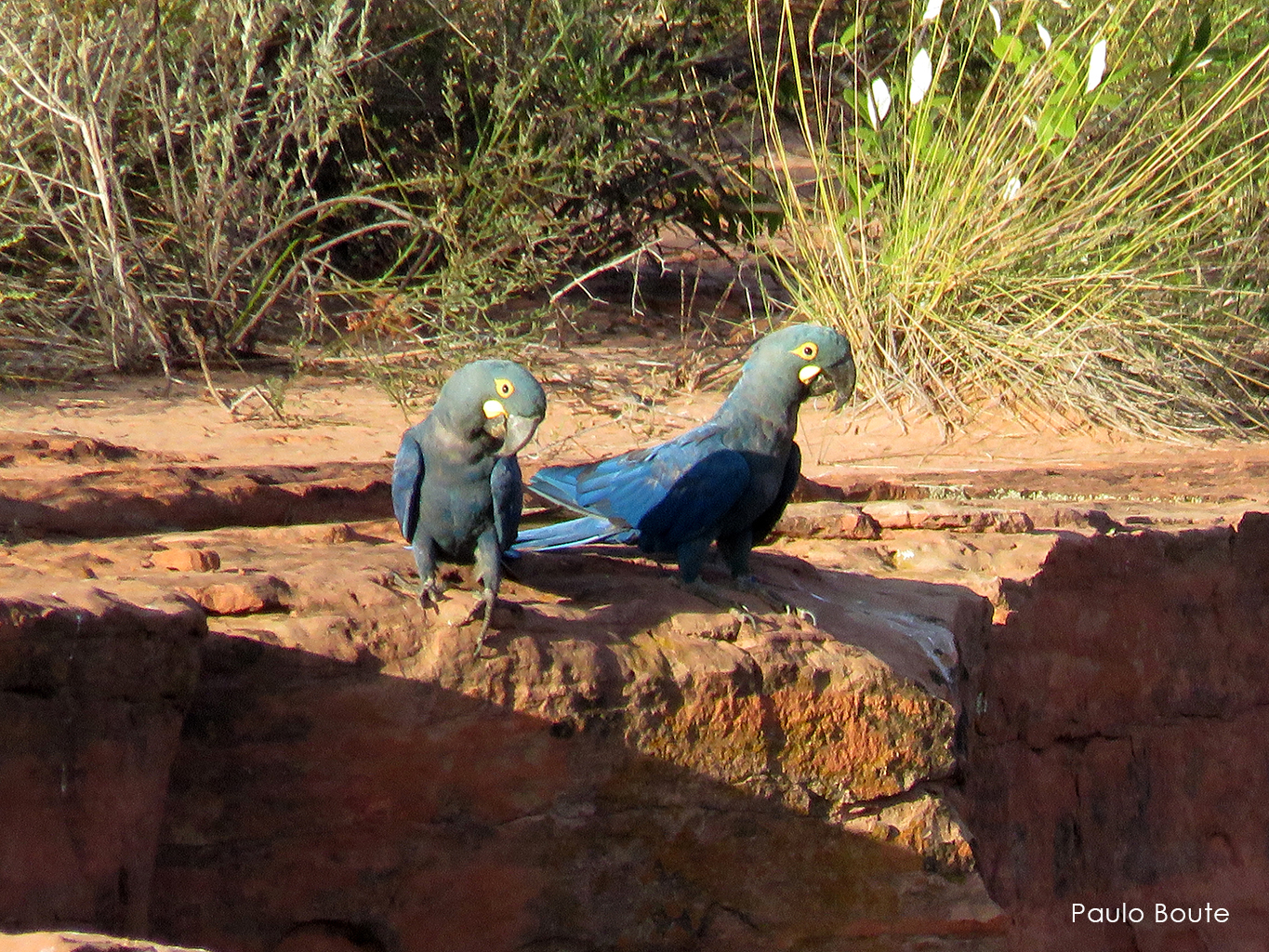
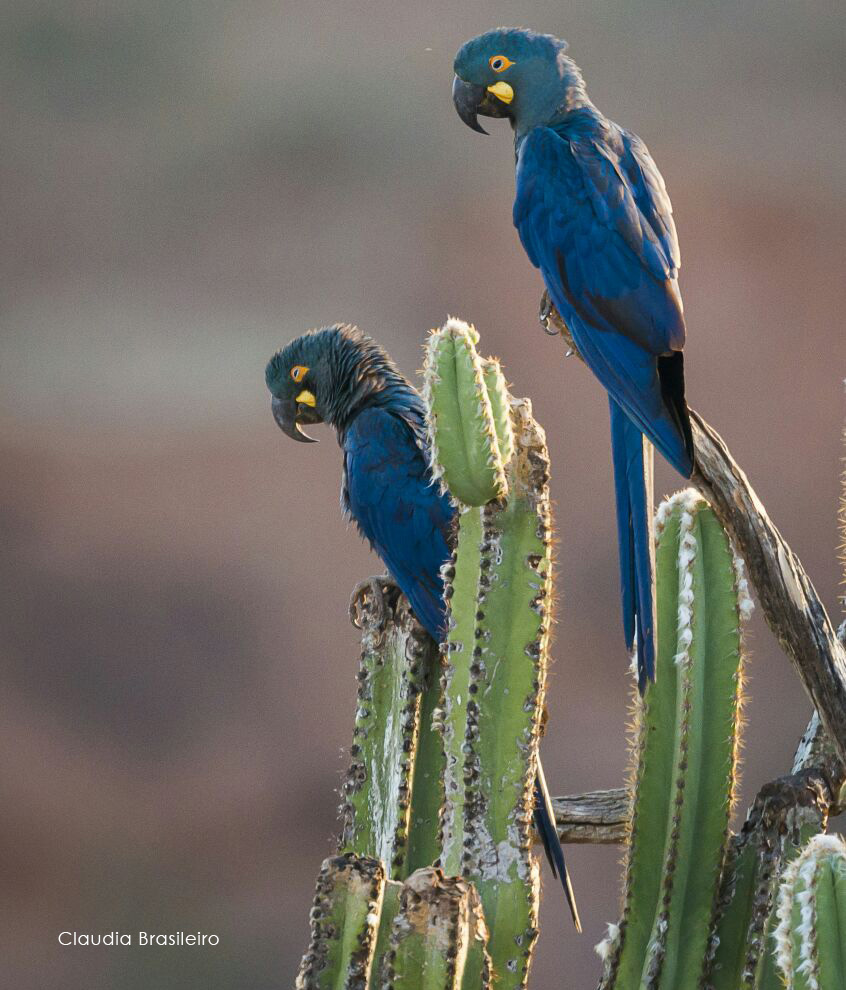

Social Media Bar